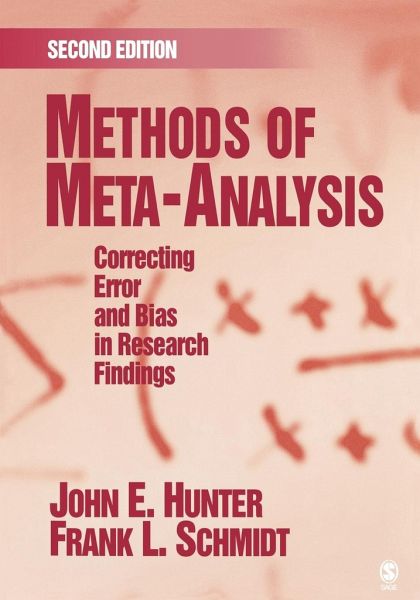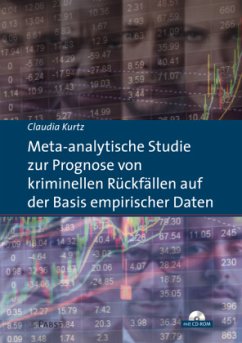
Methods of Meta-Analysis
Correcting Error and Bias in Research Findings
Herausgeber: Hunter, John E.
Versandkostenfrei!
Versandfertig in 1-2 Wochen
177,99 €
inkl. MwSt.

PAYBACK Punkte
89 °P sammeln!
Meta-analysis is arguably the most important methodological innovation in the social and behavioural sciences in the last 25 years. This revision of Hunter and Schmidt's book, Methods of Meta-Analysis (SAGE 1990), covers the important new developments in meta-analysis methods over the last 14 years. This edition presents an evaluation of fixed versus random effects models for meta-analysis, new methods for correcting for indirect range restriction in meta-analysis, new developments in corrections for measurement error (including how to select the appropriate reliability coefficients to use), a...
Meta-analysis is arguably the most important methodological innovation in the social and behavioural sciences in the last 25 years. This revision of Hunter and Schmidt's book, Methods of Meta-Analysis (SAGE 1990), covers the important new developments in meta-analysis methods over the last 14 years. This edition presents an evaluation of fixed versus random effects models for meta-analysis, new methods for correcting for indirect range restriction in meta-analysis, new developments in corrections for measurement error (including how to select the appropriate reliability coefficients to use), a discussion of a new Windows-based program package for applying the meta-analysis methods presented in the book, and a discussion of the theories of data underlying different approaches to meta-analysis. Coverage of these topics along with updated coverage of many other topics makes this book the most comprehensive text on meta-analysis methods available today.














